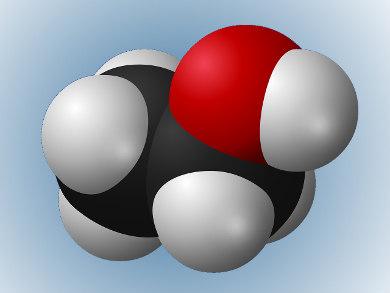Ethanol is an important industrial intermediate and a renewable fuel additive. The synthesis of ethanol via the hydrogenation of CO2 is an effective way to eliminate and use the environmentally harmful gas. However, the practical application of this method is hindered by unsatisfying selectivities and yields.
Xiaoqing Huang, Soochow University, Jiangsu, China, and colleagues have found that highly ordered, active, and stable Pd–Cu nanoparticles (NPs) can effectively catalyze CO2 hydrogenation to produce ethanol. The Pd–Cu NPs were synthesized by heating a mixture of Pd(acac)2, Cu(acac)2, FeCl3, ascorbic acid, and oleylamine (acac = acetylacetonate) at 160 to 180 oC. The hydrogenation reaction was performed in an autoclave pressurized with 0.8 MPa CO2 and 2.4 MPa H2 at 200 oC.
The team also synthesized supported catalysts because supports such as metal oxides can provide new heterogeneous sites, change electronic properties, etc. The best catalyst in the study was composed of Pd2Cu NPs on titanium oxide, giving an excellent ethanol selectivity of 92 % and the highest turnover frequency of 359 h–1. According to the team, the charge transfer between Pd and Cu in the NPs enhances the reducibility of surface oxide, which provides catalytically active metallic state atoms.
- Highly Active and Selective Hydrogenation of CO2 to Ethanol by Ordered Pd–Cu Nanoparticles,
Shuxing Bai, Qi Shao, Pengtang Wang, Qiguang Dai, Xingyi Wang, Xiaoqing Huang,
J. Am. Chem. Soc. 2017, 139, 6827–6830.
DOI: 10.1021/jacs.7b03101
